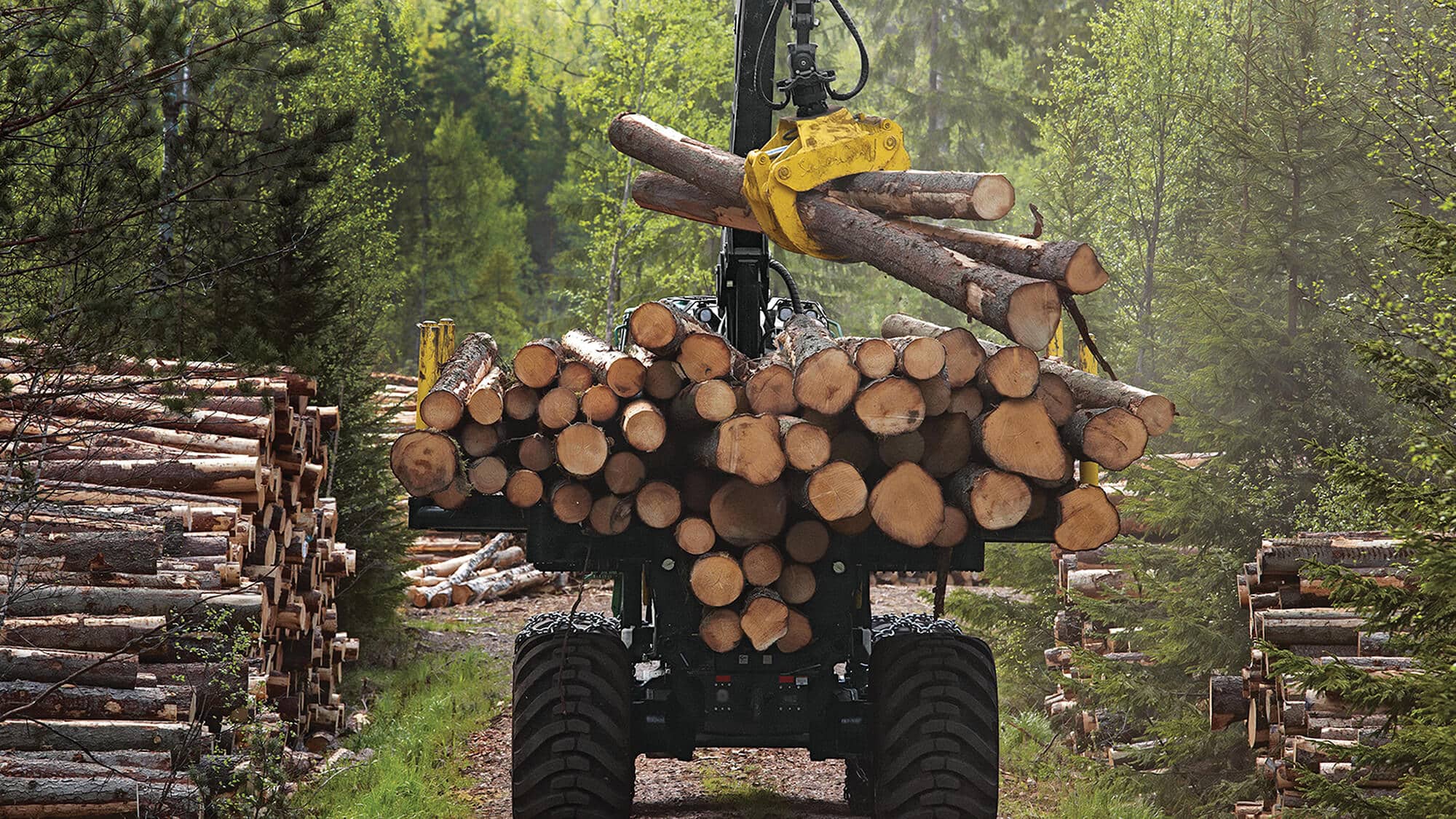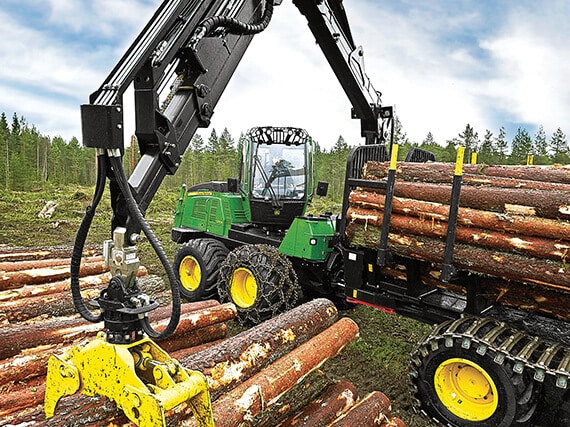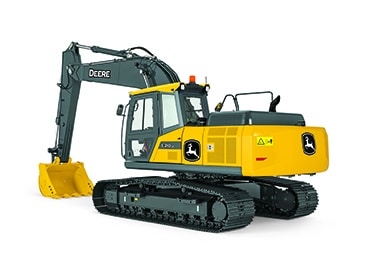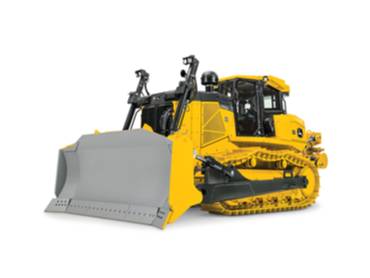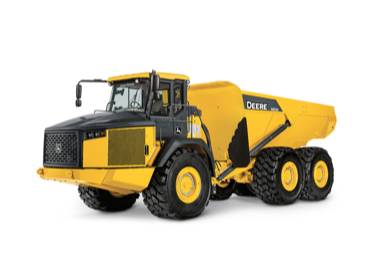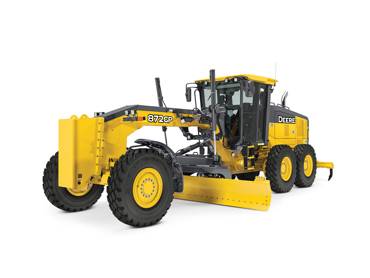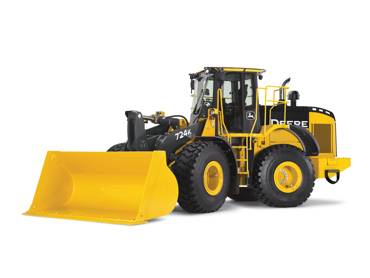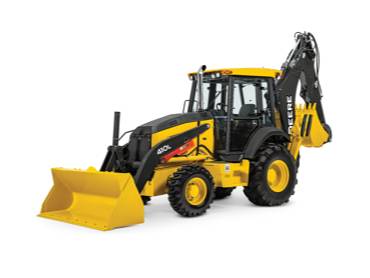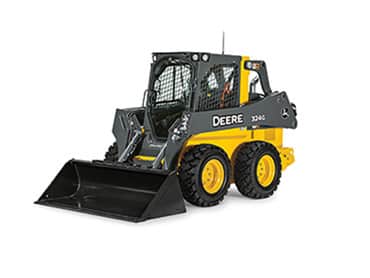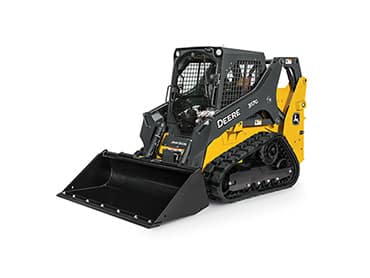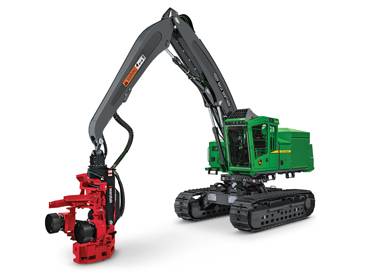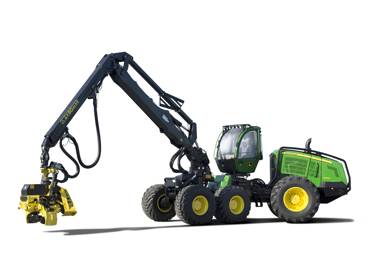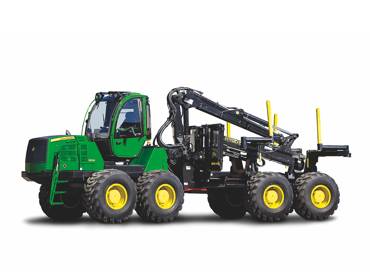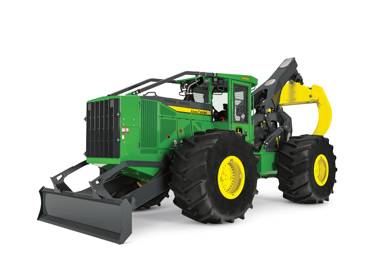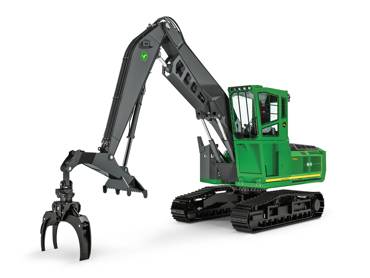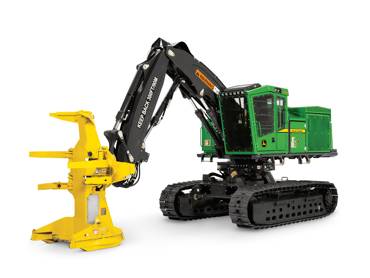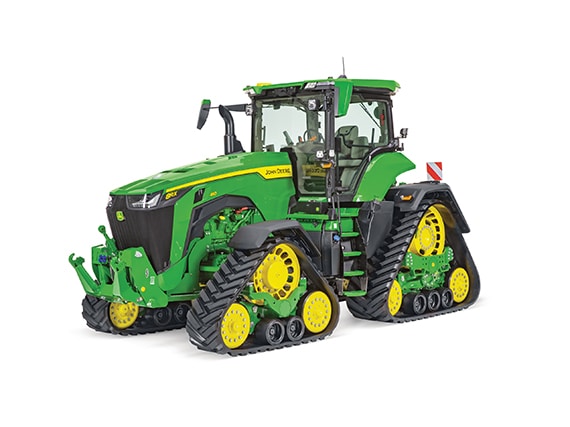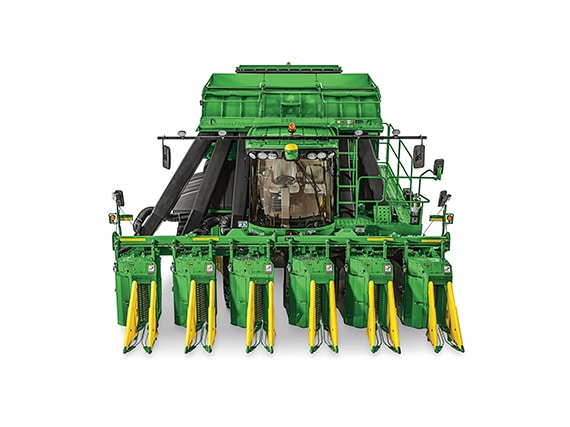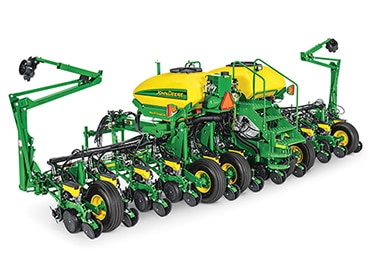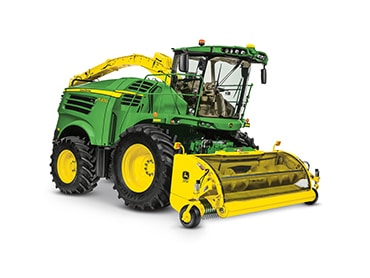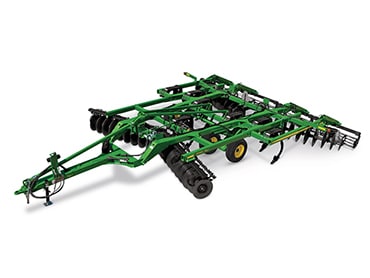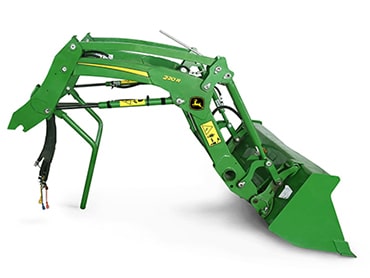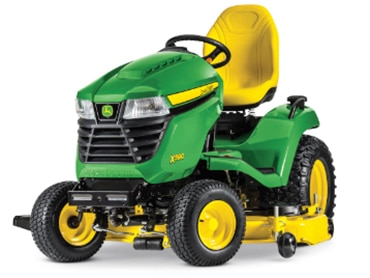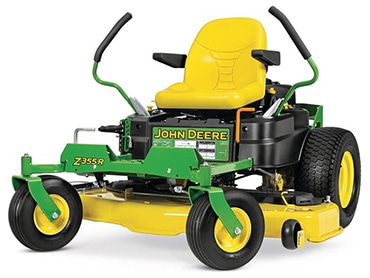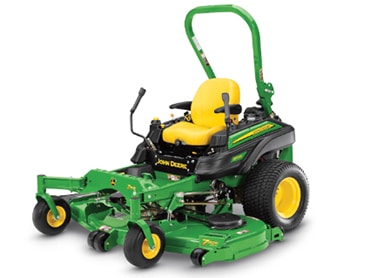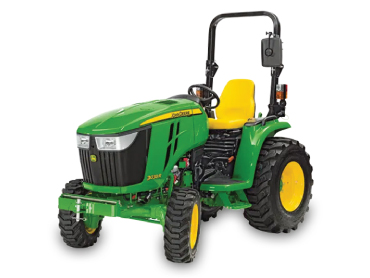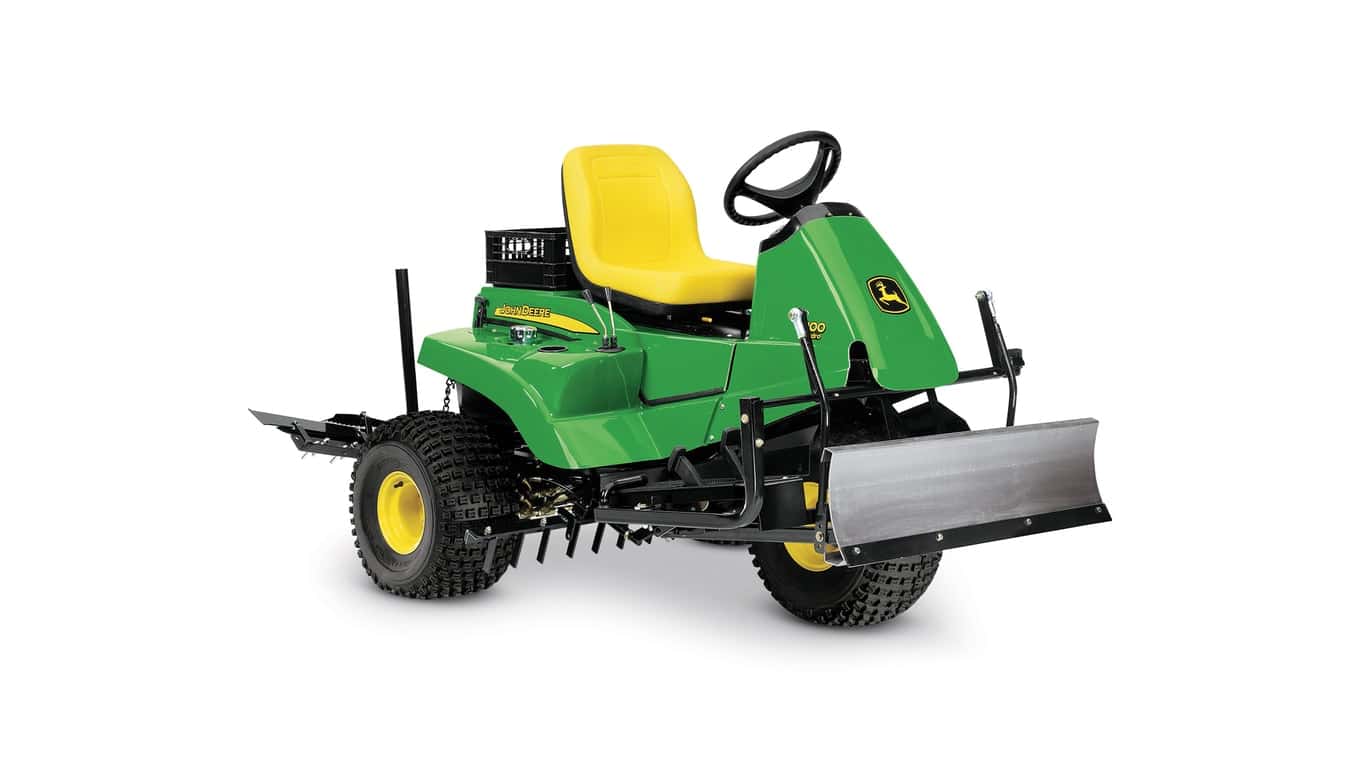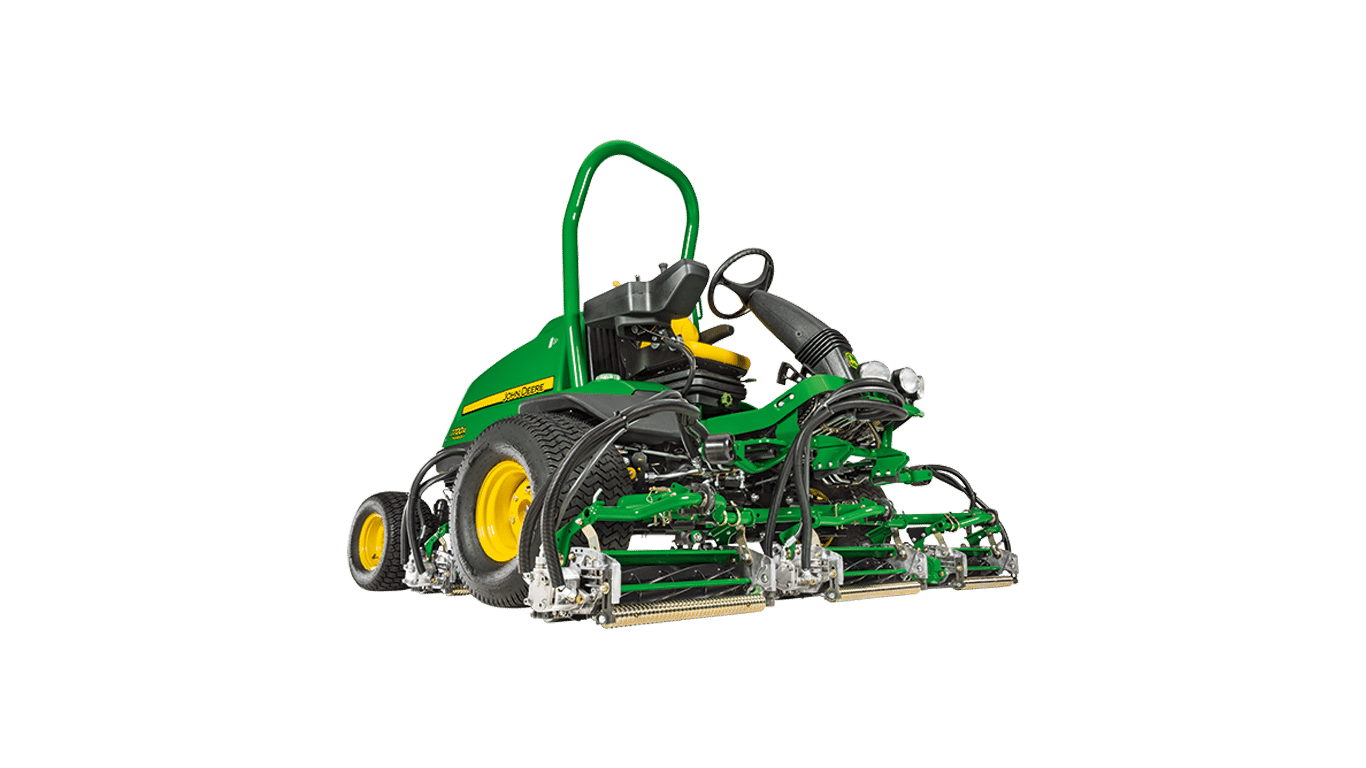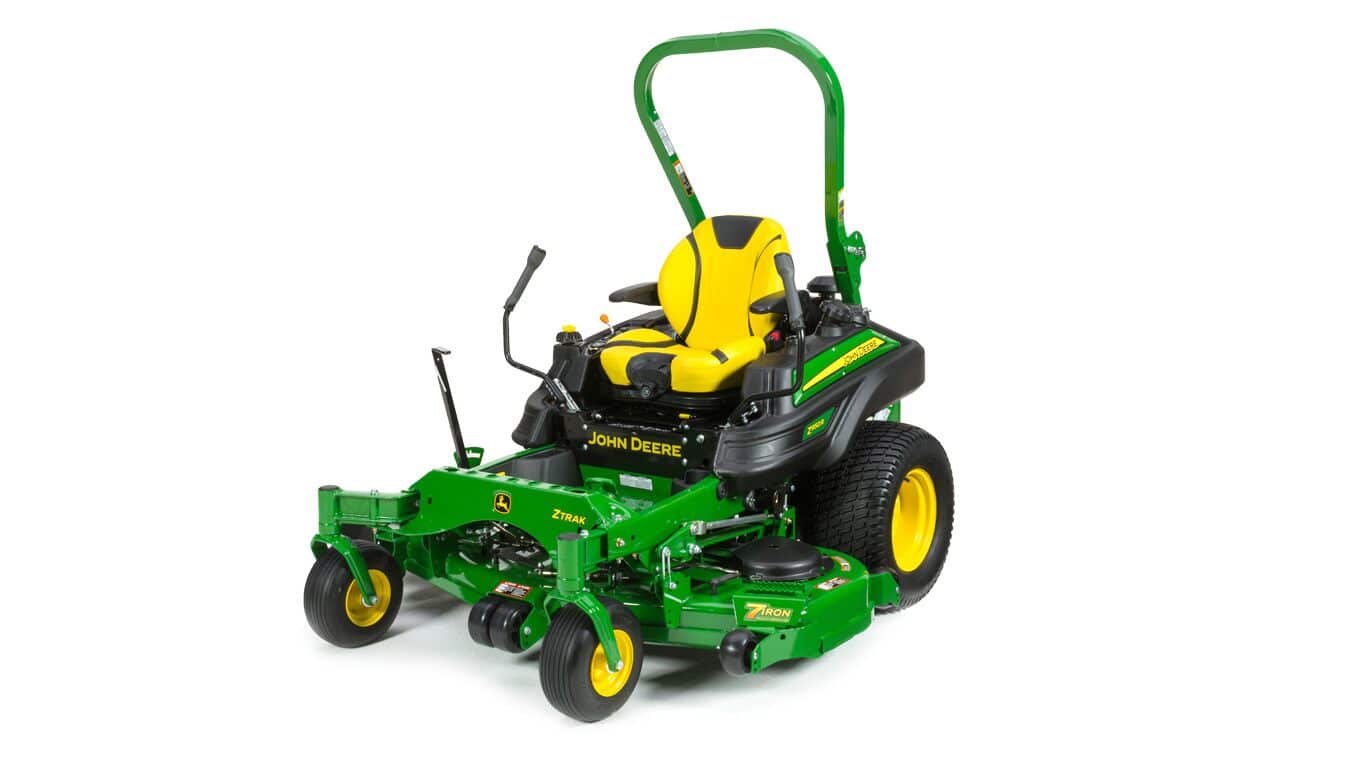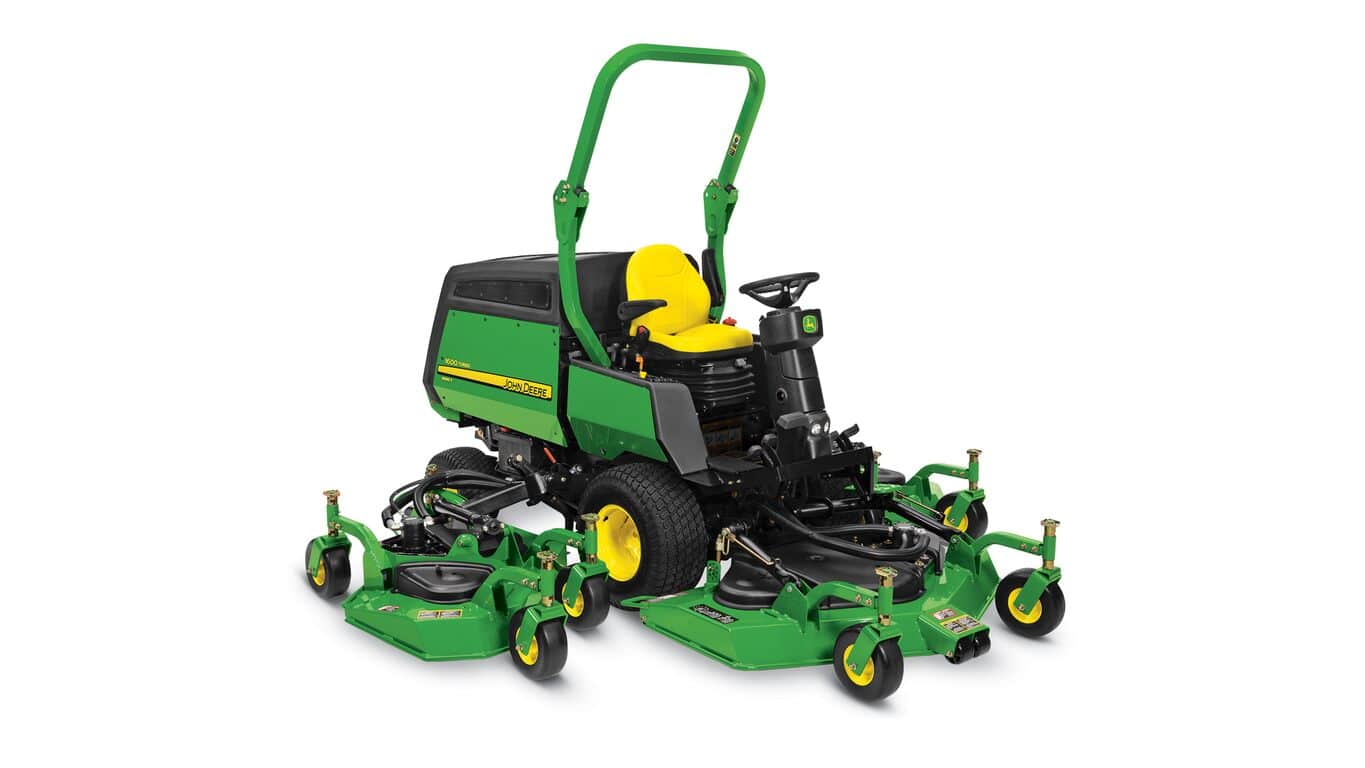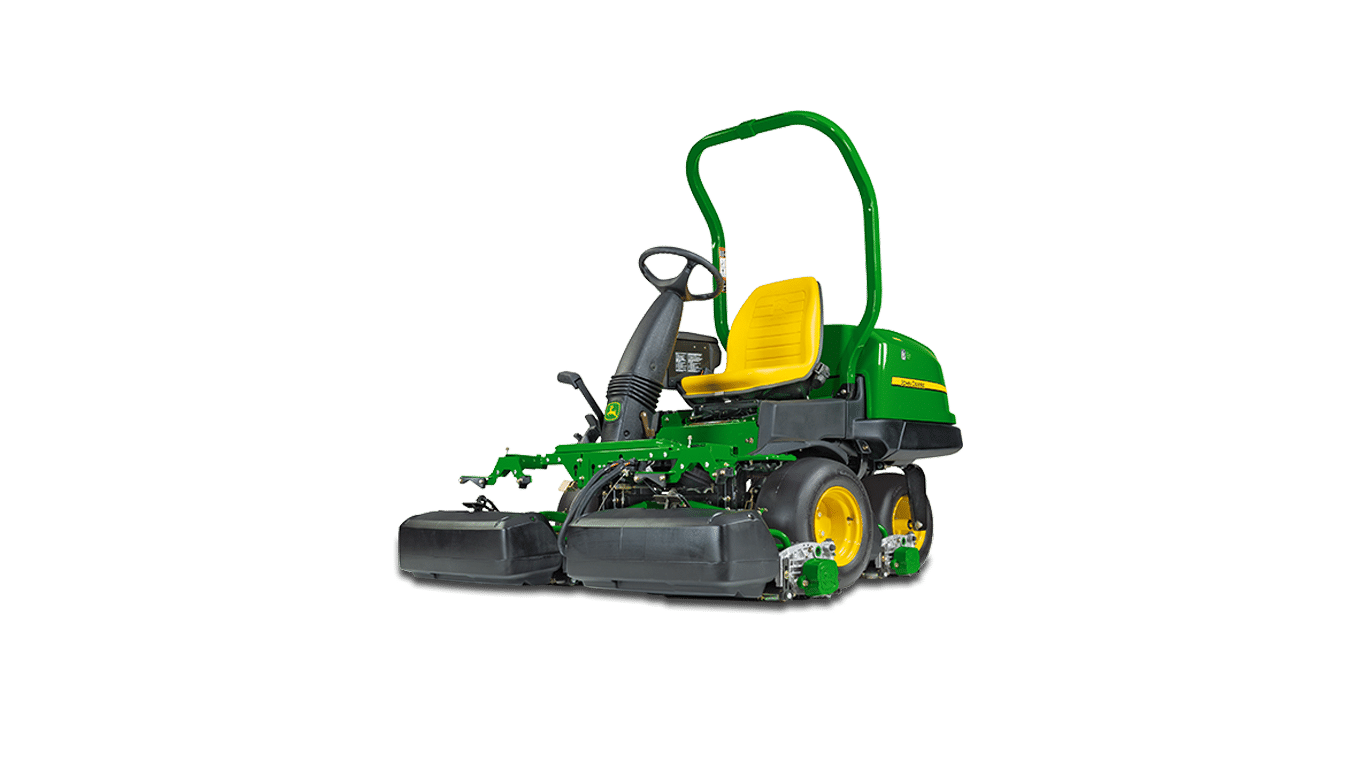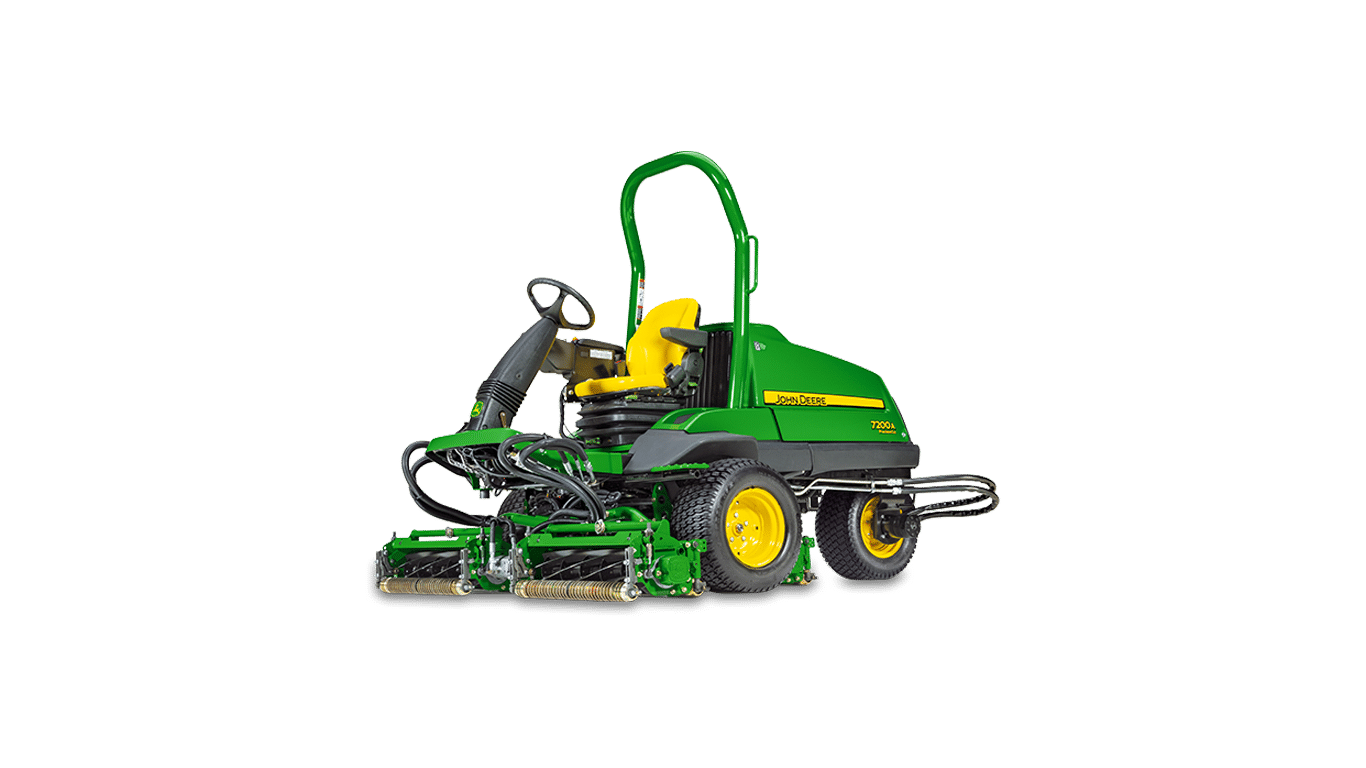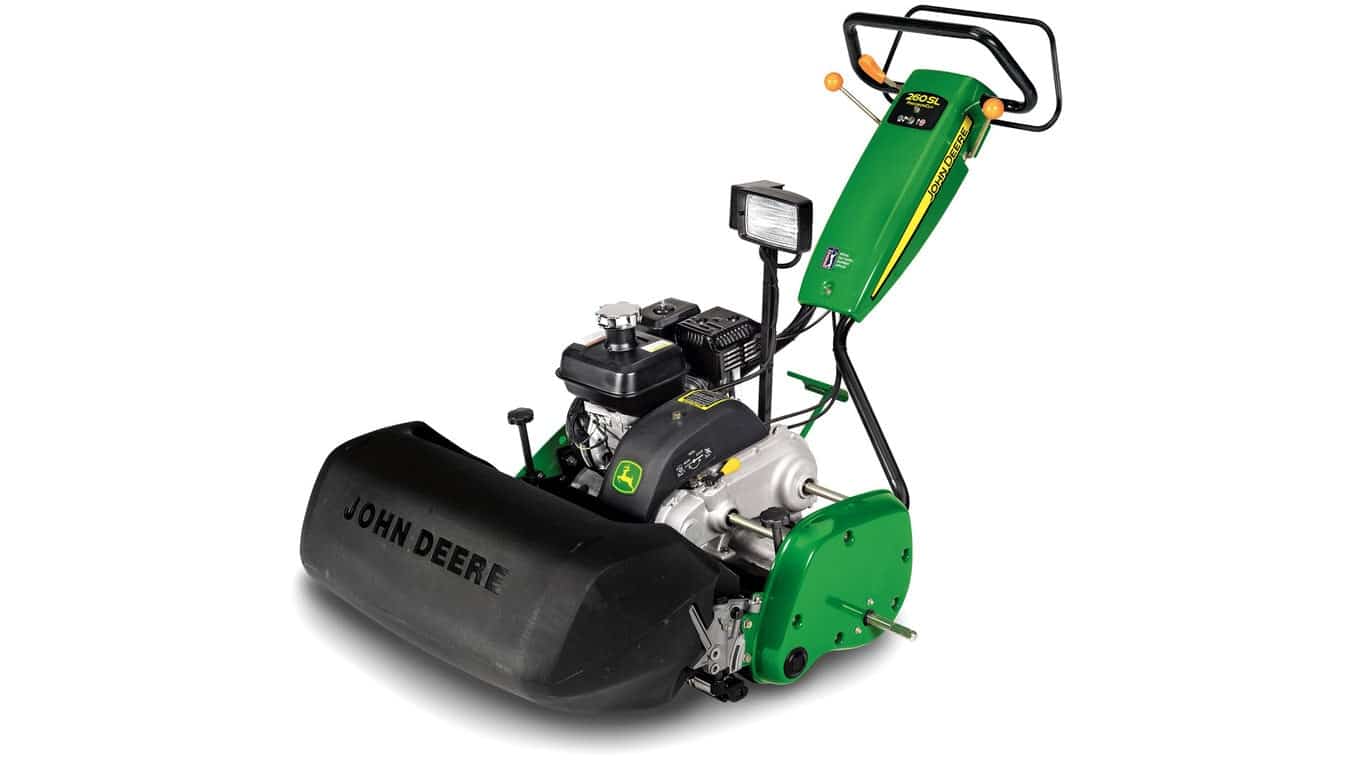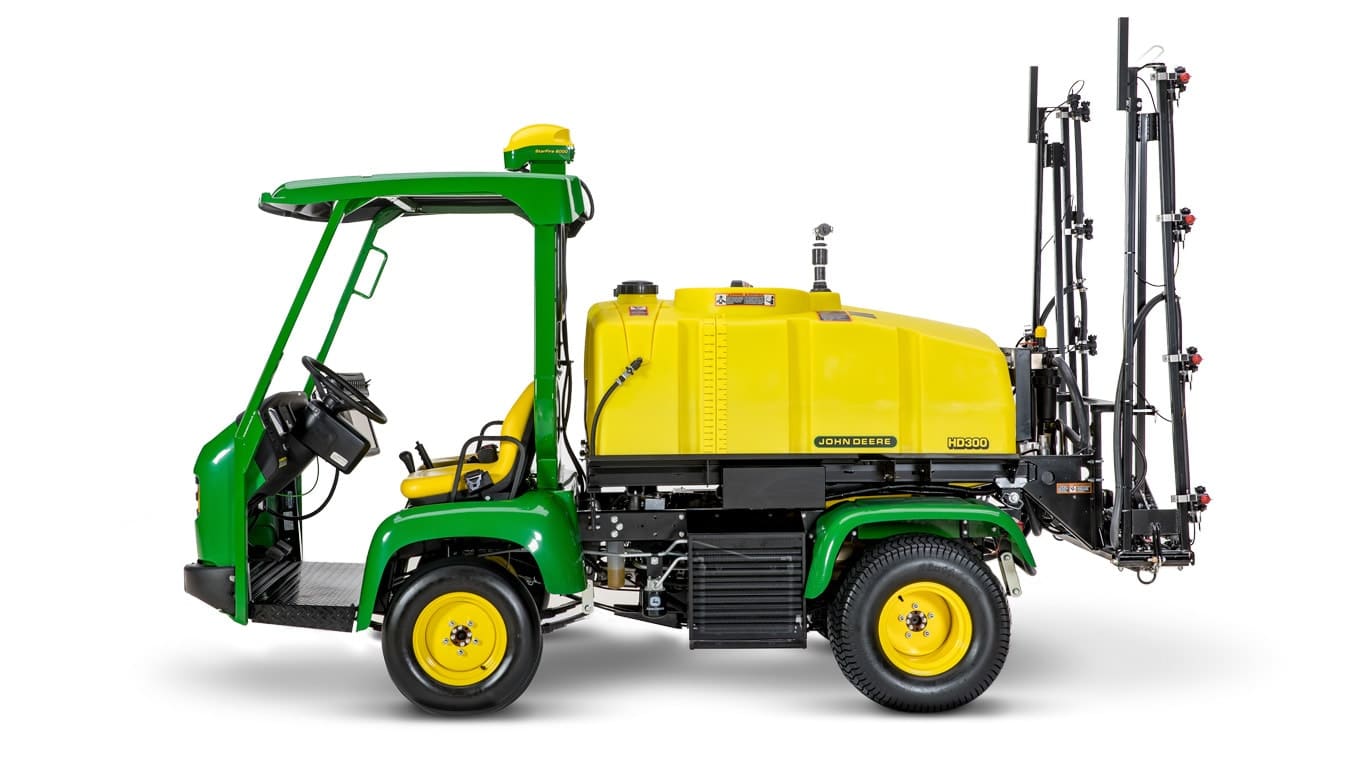Forwarder
- Engine Power: 164 kW (220 hp) at 1,700 – 1,900 rpm
- Boom Reach: 7.2 m (23.6 ft.) / 8.5 m (27.9 ft.) / 10 m (32.8 ft.)
- Tractive Effort: 185 kN (41,588 lbf.)
- Load Rating: 15000 kg (33,069 lb.)
Features
Adaptive driveline control
Adaptive driveline control is a unique standard feature in G-Series forwarders. This control system improves the machines’ drivability and productivity. The operator selects the desired driving mode (Eco, Normal, Power) for the operating conditions, and the system automatically adjusts the engine’s RPMs to correspond with the engine load and keeps the driving speed steady also during high loads. The driveline control ensures that the diesel engine runs smoothly and uses the available maximum tractive force efficiently during high-load situations. Also the response of the drive pedal and frame steering have been improved with smart electronic filtering.
Precise and strong boom
The precision and power of the mid-sized G-Series forwarders’ boom control is unprecedented. New controllers, simplified CAN busses and streamlined electrical systems bring more power, speed and precision control to the boom.
The updates decrease malfunction sensitivity and accelerate troubleshooting. The number of fuses has been reduced thanks to controllers that recognize overcurrent situations and cut the feed when necessary to protect the equipment.
The optional intelligent boom control makes forwarder work easier and faster and it improves productivity. Boom control is precise, fast and easy because the operator can focus on controlling the grapple rather than the boom joint movements. In the latest 2.0 version of intelligent boom control, the precision of the grapple control has been improved, especially in long reaches. The software uses information about the grapple position, and the speed of the rotation in long reaches matches that of short reaches.
FT4 engine
John Deere Final Tier 4 engines meet the required emissions regulations while also bringing more power and torque. The John Deere 6068 PowerTech Plus engine’s output and torque are clearly higher than its predecessor – about 5-8.5% higher, depending on the model.
Especially the low rpm ranges have much more torque than the E-models. The John Deere FT4 engine has the most torque in its class and a wide rpm range. The engine’s rpm remain steady during big and rapid changes in the load.
The better coupling of the powerful diesel engine with the power train results in improved tractive force and excellent manoeuvrability in the forest.
The FT4 engine and the entire fuel line can use 20% biodiesel.
Control systems and automation
The TimberMatic F-16 control system and user interface on G-Series forwarders have been further developed and improved to maintain the forest machine’s operational reliability. The TimberMatic F-16 features a configurable user interface, cruise control and inclination display. The new software version enables Remote Display Access (RDA) via the Internet (either MTG or other modem). RDA enables faster troubleshooting by servicing people and thus improves the machine’s uptime.
The new control modules replace the FlexController modules used in the E-Series; it simplifies the electrical system and brings added processing capacity. Forwarders have three modules: for the cabin, the front frame and the rear frame. TimberMatic’s troubleshooting diagnostics are more detailed and illustrative. The CAN bus increases reliability of the electrical system: simple, fewer connections, a dedicated bus for the engine and the base machine.
The JDLink monitoring system displays information on e.g. fuel consumption, engine load and machine location. The MTG data transfer module of the JDLink remote monitoring system can be equipped with a satellite connection through an additional module and antenna.
Intelligent Boom Control
The IBC (Intelligent Boom Control) option is a milestone in forest machine technology. The boom is accurate and easy to operate: the operator controls the boom tip directly instead of controlling independent boom joint movements. The system also considerably reduces the number of tuning parameters needed and increases durability of boom structures and hydraulic cylinders.
Boom functions as one
The IBC system enables you to control the entire loader as one unit and you no longer need to learn to control several different boom movements together. Controlling the grapple is similar to controlling the movements of your own hand. The IBC system guides the boom wherever the operator wants to take the grapple. The system has predefined limit values and it adjusts boom operations within these limits according to need. In the latest 2.0 version of intelligent boom control, the precision of the grapple control has been improved, especially in long reaches. The software uses information about the grapple position, and the speed of the rotation in long reaches matches that of short reaches.
IBC system also has a separate, preprogrammed option for unloading, where the strong jib and main boom movements are used more.
Electrical cylinder end damping
The IBC system also features electrical end damping for all the main boom movement directions. The system dampens the cylinder end movements softly and stops strong blow-like loads in the end positions which makes driving smoother and also improves the durability of the boom.
Operator adjustments
Operators can adjust the overall speed of the IBC system according to their needs. They can also adjust the speed between various boom parts or change it by using the extension boom manually during operation. The system is switched on and off with the press of a button.
Comfortable cabin
A rotating and leveling or a fixed cabin
Cabin comfort is a productivity factor. The cabin of a John Deere forest machine is a comfortable and ergonomic work environment. The cabin is available as fixed or rotating and levelling version.
The levelling and rotating cabin helps the operator to maintain the correct working posture to prevent stress on the back and shoulder areas. The operator can sit upright even on uneven terrain, and the cabin can be rotated in all directions to face the work area. The cabin has more legroom in front and the seat has two different height settings. The proven and efficient vibration absorption improves the working conditions further. Leveling and rotating functions are an option in harvesters. The cabin is fixed if these options are not chosen.
Fixed cabin for forwarders is a completely different structure. One advantage of the fixed cabin for forwarders is the low centre of gravity, which provides a steady feel to the seat. The big windows offer good visibility in every direction and also close to the machine and its tires. The cabin has rubber mountings that dampen vibration. The noise level in the fixed cabin for forwarders is low and matches that of the leveling and rotating cabin.
For meal breaks, the cabins feature a mini oven and refrigerator.
The cabin’s interior materials were chosen with ease of cleaning in mind. The leather-like material on the interior pillars is easy to clean. The neoprene wiper blades are more durable than natural rubber blades.
The ergonomic seat, air conditioning and heating, sun visors and sun blinds, and side widow wipers add to cabin comfort. Plenty of light is needed during dark hours, so the positioning of the lights has been continuously improved to enhance visibility during the autumn and winter.

 MyDealer:
MyDealer: